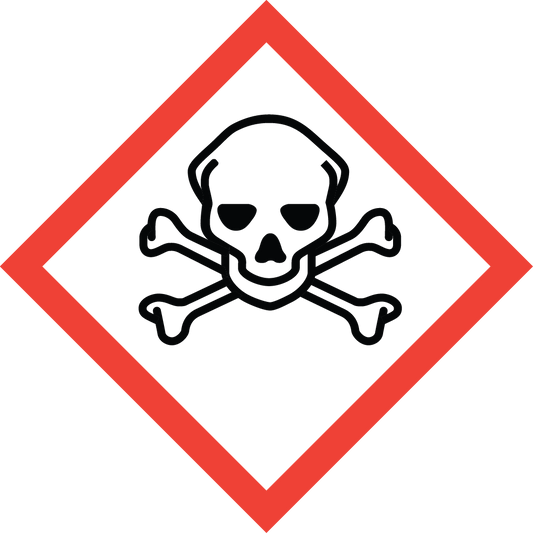Collection: HAZWOPER Courses
HAZWOPER training, which stands for Hazardous Waste Operations and Emergency Response, is a set of regulations established by OSHA to ensure worker safety when dealing with hazardous materials and emergency situations. It covers various aspects of hazardous waste management, from initial cleanup to emergency response, and includes both classroom and hands-on training. Different levels of training exist, with 40-hour and 24-hour courses being the most common, and annual refresher courses are required to maintain certification.
Who Needs HAZWOPER Training?
Cleanup operations: Workers involved in cleaning up uncontrolled hazardous waste sites.
Corrective actions: Those involved in cleanup operations at sites regulated under RCRA (Resource Conservation and Recovery Act).
Treatment, storage, and disposal (TSD) facilities: Workers at TSD facilities handling hazardous waste.
Emergency response: Anyone responding to hazardous substance releases or threats of release.
Other hazardous waste operations: Workers involved in generating or handling hazardous waste.
Types of HAZWOPER Training:
40-hour HAZWOPER:
.
Required for workers who are directly involved in hazardous waste management and emergency response, including those exposed to hazardous substances above permissible exposure limits (PELs).
24-hour HAZWOPER:
.
For workers who have limited or occasional exposure to hazardous materials, such as those working in areas where hazardous substances do not exceed PELs.
8-hour HAZWOPER refresher:
.
Required annually for both 40-hour and 24-hour trained individuals to maintain their knowledge and skills.
8-hour HAZWOPER Supervisor:
.
Required for supervisors and managers involved in HAZWOPER operations.
Key Elements of HAZWOPER Training:
Hazard recognition: Identifying potential hazards associated with hazardous materials.
Personal Protective Equipment (PPE): Proper selection, use, and maintenance of PPE, including respirators.
Decontamination procedures: Methods for removing hazardous substances from equipment and personnel.
Emergency response procedures: How to respond to hazardous material releases and other emergencies.
Site-specific training: Training tailored to the specific hazards and procedures of a particular worksite.
Hands-on exercises and simulations: Practical experience in using equipment and practicing emergency response procedures.
Importance of HAZWOPER Training:
Worker safety: Reduces the risk of injury and illness from exposure to hazardous substances.
Compliance with OSHA standards: Ensures that employers and workers meet the requirements of the OSHA HAZWOPER standard (29 CFR Part 1910.120).
Emergency preparedness: Prepares workers to respond effectively to hazardous material incidents.
-
HAZWOPER 8 hr Refresher
Regular price $1.00 USDRegular price -
HAZWOPER 40 Hour
Regular price $1.00 USDRegular price -
HAZWOPER 24 Hour
Regular price $1.00 USDRegular price -
HAZWOPER 16 Hour
Regular price $1.00 USDRegular price



